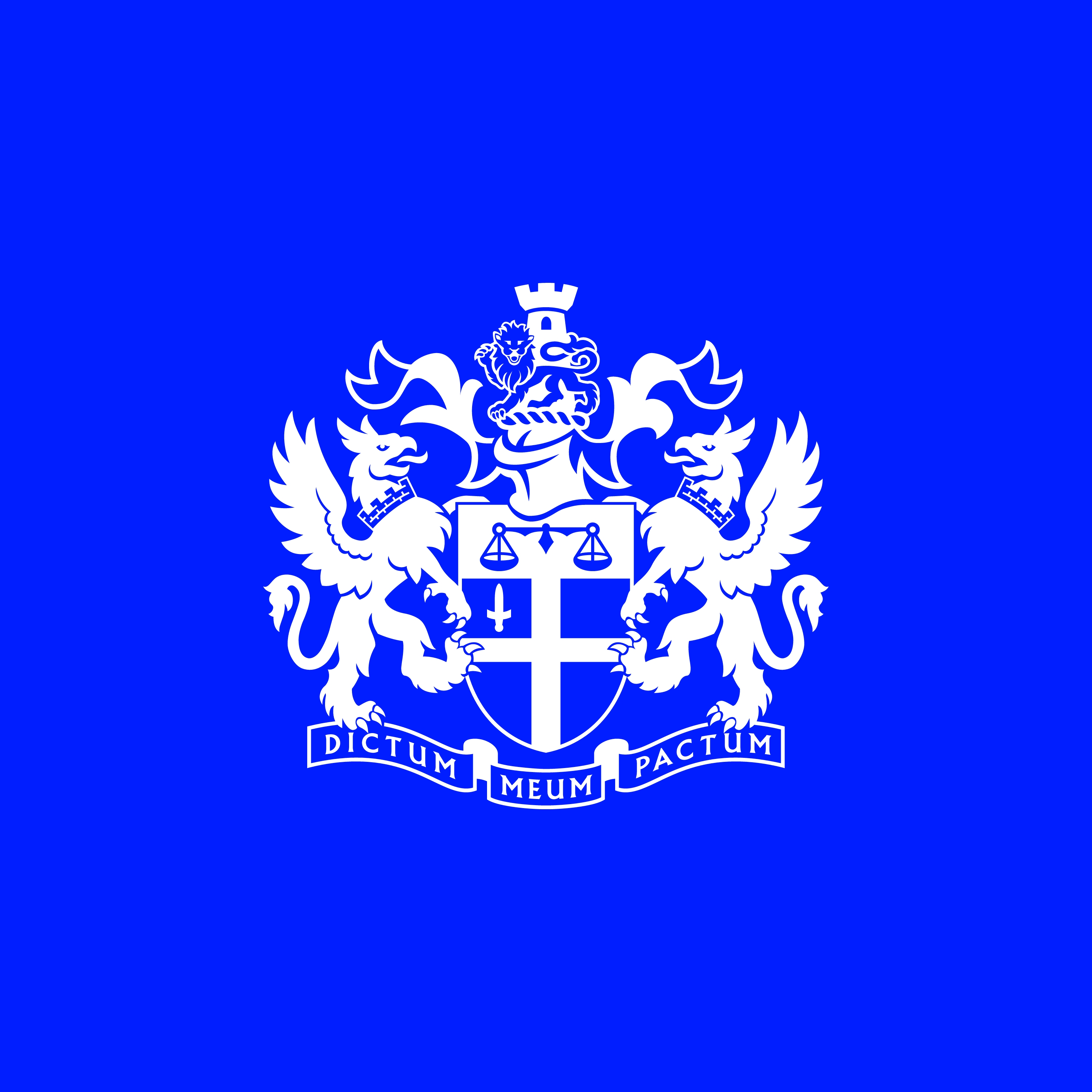Episode Transcript
Marcus Stuttard (MS): Hello, I’m Marcus Stuttard. I’m the head of AIM in UK Primary Markets at the London Stock Exchange. This is part of our Be Inspired series where we talk to our founders and CEOs about their experience of being listed on the London Stock Exchange.
Today, I’m joined by Dr Gordon Sanghera, co-founder and CEO of Oxford Nanopore Technologies. Gordon, it’s great to be here with you today. Can we just start, please, with just a brief overview and background of what Oxford Nanopore Technologies does?
Gordon Sanghera (GS): Sure. Morning. Welcome to our building, finally. We’ve had a lot of email exchanges, but not much face-to-face. Oxford Nanopore was spun out of the university 17 years ago. We’ve been selling products for seven years. We have created something from the university, commercialised it. It’s called a single-molecule sensing platform.
00:01:07
It has the capability of being able to read the source code of living things. That is a technique referred to as DNA sequencing. It’s a very new method, very differentiated from the existing systems, and it enables affordable, accessible DNA, RNA information.
And just to put that in context for you, during the pandemic we all learned about how the COVID genome mutates over time. So, we need to know, locally, in real-time. The way DNA sequencing works today, it’s very much like computing in late 70s and early 80s. It’s a mainframe platform. So, it requires multimillion dollars of capital equipment and multimillion dollars of infrastructure. So, it’s really the preserve of the rich nations. Low and middle-income countries really struggle.
What we’ve been able to do with this new measurement platform, this single-molecule sensing platform, is to create a device that is the size of a Mars Bar, if you like. I’ve got one here in the palm of my hand.
This is $1,000. Inside here, we add a sample and we can start real-time streaming of DNA, RNA information.
MS: And then that plugs in via a USB cable?
GS: That’s right. It plugs into a laptop, so anybody who’s got an internet connection can look at the data that’s being generated. Again, to make it real for you, in 85 countries, this has been used to sequence COVID genomes. Over 1 million genomes have been sequenced. It really allows the affordable, accessible access to DNA, RNA information, which is the source code of all living things.
00:02:55
MS: So, prior to you developing and miniaturising that, people were using much bigger machines. Is that right?
GS: The market today is still dominated by what you would call the mainframe centralised sequencing centres. But they are the preserve of the rich nations. So, if you look beyond that and think about disruptive technologies and how they leapfrog. So, for example, think about mobile phones. Cable and Wireless was just bypassed in places like India, and companies like Hutch became the biggest mobile phone company in the world.
So, this is a leapfrog technology that now enables not just those who are sequencing super-powers, if you like, but a much more accessible democratisation, akin to the way we saw the PC and that revolution in accessibility of computing.
Now, in addition, we provide this information in real-time, at your fingertips, which is the tipping point for the birth of the Information Age.
MS: At the heart of what you’ve just said, is your objective of enabling people to analyse anything anywhere?
GS: The right. The company’s goal is to enable the analysis of anything by anyone, anywhere.
It was the, anyone, that, what this device has enabled people to do is to go out to the Arctic and look at melting ice shelfs, and they found new viruses that have been locked up for many, many thousands, hundreds of thousands of years. It’s been used in the Space Station.
As I said, it’s been used at the forefront of the recent pandemic, but also in 2015 when we first launched the product, we were there at the back-end of the Ebola crisis, Zika in Brazil and Southern America, and now with this.
But it’s not just about infectious disease. If you can interrogate the source code of living things, you can garner phenomenally powerful insights. What is this thing? Is it diseased or healthy? How is it changing? How is responding to changes to it’s physical surroundings, like treatment? Drug treatment and efficacy. Predisposition to diseases. All of these things are wrapped up in our source codes.
And, I mentioned the Information Age. This is really the beginning of the Genomic Information Age. It has been 20 years since the first human genome was mapped. It took ten years and cost 3 billion. Today, a couple of hundred dollars gets you a whole human genome. To give you a sense of the pace of innovation.
MS: That’s fantastic. And actually, just that context of not just being in laboratories, but being on ice shelfs or on the moon, just really, I think, brings to life the mobility of the solution.
00:06:05
GS: Yes, the mobility and real-time. If you think about, there is going to be another pandemic, I’m afraid. I don’t want to be a doomsayer. It will almost, most potentially, likely be antimicrobial resistant superbug. We hear about MRSA and these superbugs.
Those countries which have distributed surveillance networks and pick up these unusual mishmashes of viruses, as we saw this last COVID, and see it early and put those fires out. And contain, and control. And ultimately, the vision is that will be a global network, but right now, within country. The enlightened countries, post-pandemic, who are enabling these networks, will be the ones that will fare best when the next virus or bacterial pathogen hits.
MS: What excites you most about the use cases for the technology?
GS: I’d like to just talk thematically about three things. Firstly, we already talked a little bit about the pandemic. We were there for Ebola, Zika and the recent pandemic. We will be at the forefront. And, as I’ve said, those countries that have surveillance networks distributed will be best placed.
The second thing, I mentioned the ten years it took, nearly twenty years ago, to sequence a whole genome. At Stanford, some researchers using Nanopore sequencing, our platform, were able to take a new-born and sequence them same day. From sample to answer. The sequencing time to read the human genome was two and a half hours. But they read it 60 times so you can correct any errors, if you only read once, one copy.
00:08:00
That’s a genome every 90 seconds. That really gives you an idea of the pace at which this innovation in the real-time, works.
And so that allowed them to work out the type of epilepsy the new-born had, and were able to treat it same day, which is fantastic.
And last, but not least, there is a growing movement around cancer. We all know about biopsies and traditional scanning technologies. Before the biopsy lump appears, you can see signatures of cancer DNA in blood. So, you can take a blood sample and you can do early diagnosis of cancer. It’s called liquid biopsy.
We envision a future where anybody and everybody will be routinely monitoring for these signatures. Because if you could pick cancers up at stage one, stage two, your five-year survival rate is 80, 90%. Stage three, stage four, it’s 20 to 30%.
So, next pandemic, diagnostically hard to diagnose new-borns, and liquid biopsy cancer. These are three areas that are going to be phenomenally interesting, and evolving in the next five years. Nanopore will be central to really helping and pushing those technologies forward.
MS: That’s incredible. The data that must then be generated, the growth in that data is just exponential. Presumably that gives your researchers a whole set of datasets that they’ve just not had before?
00:09:36
GS: Yes, the thing about Nanopore sequencing is, it completely gives you a, in the context of human genome, you’re moving from grainy black and white, which is what the traditional mainframes do today, to high-definition colour.
We envisage, if you think about those rare diseases like that new-born, we envisage all that data being publicly open-sourced so all the rare disease specialists around the globe can sequence whole genomes, and cross reference, and be able to rapidly diagnose.
Some of these new-borns, three to five years, are on a diagnostic odyssey for three to five years, trying to figure out what’s going on. So, yes, these are some of the things that really excite me about our technology.
MS: On the cancer front, presumably, in terms of patient outcomes, the research is a lot less intrusive and so some of the side effects of operations are minimised as well?
GS: Absolutely. Catch cancer early and you know the outcome rates are so much better. It is just the beginning of that journey. We’re in the foothills of the whole understanding around liquid biopsy. But it does, having a sort of bottom-up approach, thousands of researchers can really interrogate this new emerging field, versus large centralised small number, will also help catalyse the better understanding of this DNA information and really catalyse that Genomic Information Age.
00:11:14
MS: It really is fascinating, as a complete layman, just hearing some of these insights and developments that are taking place. It just fills me full of inspiration and hope, really.
GS: Thanks. For us, we do this everyday and we get a little bit blasé. These are three to five years away. It’s not going to happen next week. But these are some of the exciting things we think about as we peer into the medium term.
MS: When we first spoke, it’s probably over ten years ago, you and the team, you’ve always been very clear about your objective of building a global business in Britain. How has that objective impacted the way that you’ve grown and funded the business?
GS: We were very honest when we set the company up in 2005. We said this was, whilst the technology is phenomenally disruptive, there was actually a lot of development work and R and D to do. We talked about five years to seven years to get the technology ready for commercial use.
That really switched off quite a lot of typical VCs who were servicing a three to five-year fund. Because their model is just different. That’s not a criticism of VCs. It’s just…
So, we were able to garner from very early on, what is today, a very trendy moniker of patient capital. It just naturally landed. We filtered out the traditional VC.
00:12:52
So, we had this nice, long runway and, over the years, we started with some visionary London Investors, like Pete Davies at Lansdowne, and others. And IP Group obviously were a spinout from that. Dave Norwood and Alan Aubrey.
But that has evolved over the years, and if you look back to a year or two pre-IPO, we had quite a global register. Sovereign Wealth Fund, Singapore, Tencent in China, US funds still strong. London shareholding as well.
So, over that 15-year journey in the runup to the IPO, there was a real evolution of our share register during that period.
MS: I think I’m right in saying that, although the shareholder register really evolved, you’ve always been very keen to keep the capital structure quite simple. Is that right?
GS: That’s right. We don’t… There were never any preferences, which can protect founders and the initial shareholders. But we looked at that and we felt it was actually a barrier to high growth with patient capital. Because it can be a break, because those preferential shares can be a blocker for new investors.
It’s very much a philosophy that we had, that we’re all in it together. So we all evolved the share register and the share price together, and there’s no, you know. It’s a very democratic share base.
00:14:33
MS: Then moving closer to the IPO in the ITF, you set out a number of objectives from going public, around things like continuing to increase the visibility of the business. Having access to a broader and wider set of investors. Being able to use the listing to help incentivise and hire and retain key talent. A year in, how do you feel that the listing has supported some of those goals?
GS: We listed after 15, 16 years of being private. All good things come to an end. There’s patient capital, right. At some point you have to move to the next step. The state of the technology, the maturity is what I mean by that, and the use cases and the number of countries we were in. And the technology validation phase was behind us, so it was a natural evolution to become a listed company.
One year in, it’s been a pretty difficult capital market journey. But at the moment, we raised the money, the markets are in a good place, we felt we had a good price. Even in this difficult time for capital markets, we’ve been very pleased with the visibility, the shareholders we’ve attracted.
A real bonus is… Two bonuses. One, customers find a degree of credibility from being public. These are highly sophisticated people, so it’s surprising, but they do. Also, attracting top talent has been much, much easier being on the public market. So there’s a lot of benefits and bonuses to evolving to where we are. It’s our honeymoon period still. It’s only one year in, but so far, so good.
MS: You’ve talked a couple of times about evolution of the business. On a more personal level, you’ve been with the business right from the start, from the co-founding, through to now, being the CEO of a public company on the main market. How is your role and how has that changed for you?
00:17:06
GS: I think there’s two things. If you do it in a football vernacular, right. Can you take a team from the fourth division? Or, let’s just use Brain Clough. Much better, right. Can you take a team from the second division and go and win the premiership? Which is what he did with Nottingham Forest.
It’s always been, how far can we take this? And the transition to the public markets, it’s different, but it’s more structured. So, in some ways, it’s an easier calendar to manage because you know where the update points are, and in between actually, you’re not saying very much. So, it has actually freed us up and given us more bandwidth to focus on the business.
Which I know a lot of say, oh, it takes up much more time, but we’ve not found that. But then, then the last couple of years as private company were pretty tough, and it was partly through the pandemic as well. We felt, the last three or four years, we were permanently fundraising. So it’s quite nice to get that done and then, update on a regular basis.
More pressure, because we are providing forward-looking guidance, which you don’t have to do in the private domain. But as I said, we felt the business was at a mature enough point that we could make those estimates on forward-looking guidance on revenues.
00:18:34
MS: I guess, oh, and that pressure, partly, is the flipside of the visibility you talked about earlier? Visibility not just with investors, but also for key stakeholders and clients, and people who are your end customers?
GS: Yes. I guess it’s a different pressure. Moving from private to public, there are a set of eyes on you. It just evolves. In the 17 years the people who we were answerable to at the beginning, is very different to those after year ten and 15. And as we head to year 20, it’s a different set of people that we’re telling the story to. But that has remained constant and consistent.
MS: Gordon, thank you.
GS: Thanks.
MS: Thank you to our listeners for listening in and for watching this interview. For any further interviews, we have a range of Be Inspired interviews on our Spark platform, which is available on our website, londonstockexchange.com.


